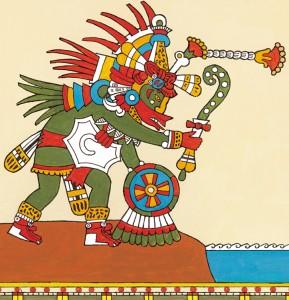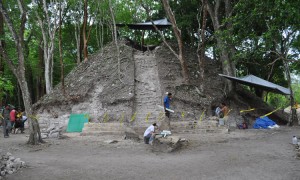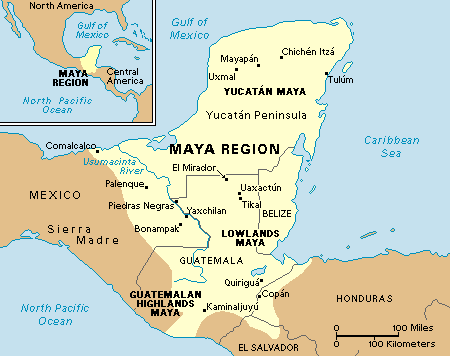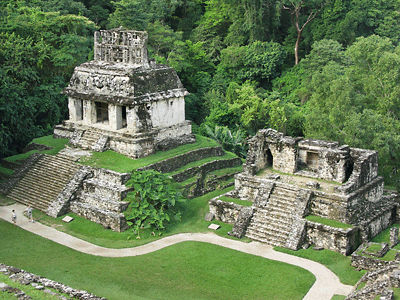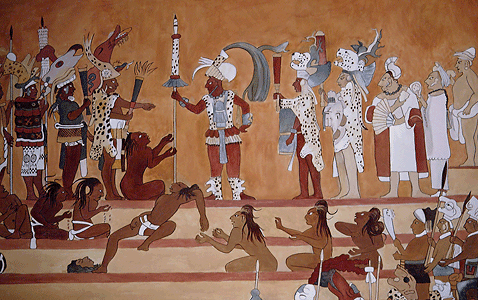All About Hot Chocolate
Monday, December 4th, 2023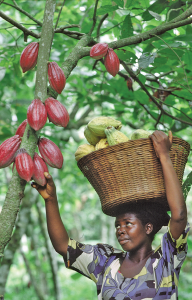
A woman harvests cacao pods by hand at a company-owned plantation in Ghana. The main ingredient in chocolate, cacao is one of Africa’s largest export crops.
© Ron Giling from Peter Arnold, Inc.
On a cold winter night there is nothing better than a mug of hot chocolate to warm you up. Though it is a simple drink, there is a long history behind the warm treat. Many say the first people to drink chocolate beverages were the Maya. The Maya were an Indigenous (native) people who developed a civilization in Central America and southern Mexico. As far back as 500 B.C., the Maya made a drink containing ground-up cacao, chili peppers, corn meal, and water. The word chocolate comes from chocolatl, a word Spanish conquerors may have created by combining the Maya word chocol, which means hot, with the Aztec word atl, which means water.
While there are many records on the history of hot chocolate, no one knows for sure who invented chocolate milk. Some historians believe Jamaicans had been making a hot drink with cacao shavings boiled with milk and cinnamon since the 1500′s. Some people credit the British physician and botanist Sir Hans Sloane. In the early 1700′s, Sloane lived in Jamaica. There, he was served cocoa to drink. Cocoa is made from a tropical tree called the cacao. Botanists believe the cacao tree originated in the northern Amazon River Basin in South America. Sloane added milk to the cocoa to improve the taste. Sloane brought the mixture with him when he returned to England. The beverage was originally marketed as a medicine. While you can heat up chocolate milk to make hot chocolate, it will not be as dense and creamy as traditional hot chocolate.
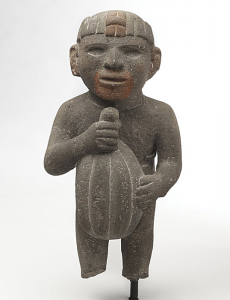
An Aztec sculpture found in Amatlan, Mexico, shows a man holding a cacao pod. The Aztec people ruled an empire in Mexico in the 1400′s and early 1500′s.
Museum Collection Fund, Brooklyn Museum
What most people call “hot chocolate” is actually hot cocoa. The difference is that hot cocoa is made from cocoa powder, sugar or sweetener, and hot water or milk. Hot cocoa does not contain the fat and calories of chocolate. Hot chocolate is made from melted chocolate, sweetener, and either dairy or non-dairy milk. In many places, hot chocolate is called drinking chocolate.
Manufacturers invented a press to force cocoa butter out of roasted cacao beans, forming dry cakes. The cakes are then ground into the reddish-brown cocoa powder that you can buy at the store. Dutch-processed cocoa powder is made from cacao that was soaked in a solution before being ground. The solution lowers the acidity of the chocolate. Dutch-processed cocoa powder has a darker color and a less bitter flavor than regular cocoa powder.
Whether you drink hot cocoa or hot chocolate, you can put some marshmallows or whip cream on top for some added sweetness. However you enjoy your warm chocolate beverage, stay cozy!

